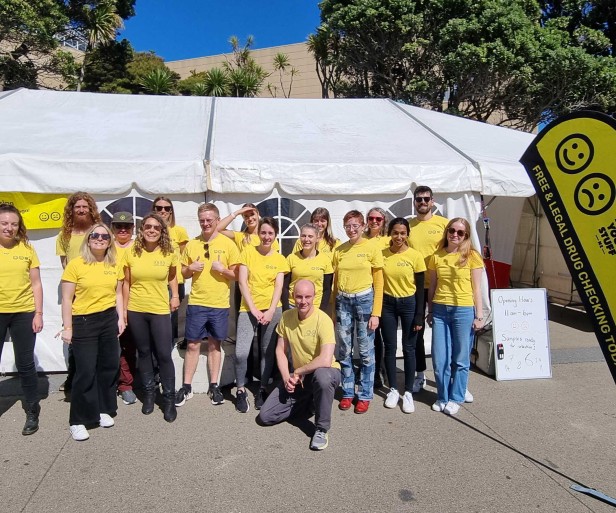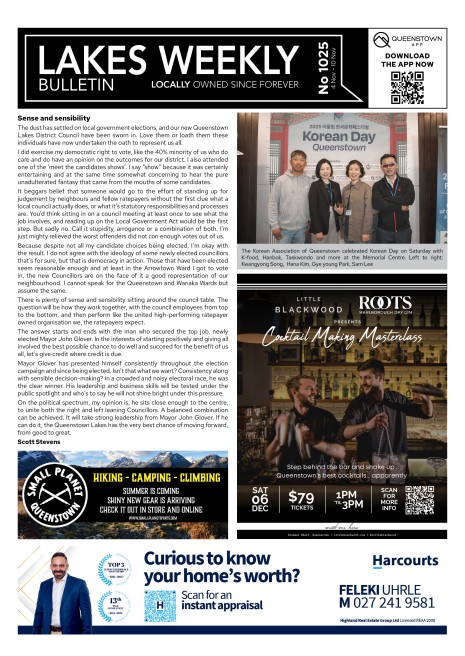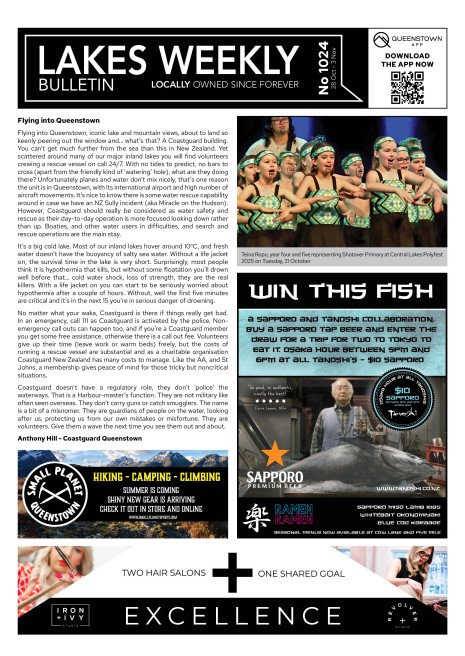Exercise for Osteoarthritis
Throughout our lives, our joints will take a huge amount of load, especially those that are weight bearing such as the knees, hips and ankles. When the protective cartilage begins to wear out it can eventually lead to osteoarthritis. Unfortunately, this can’t be reversed other than with a joint replacement, but there are many ways in which exercise can help manage symptoms such as pain, swelling and stiffness.
First of all, pain in the joint is NOT a sign that we should stop exercise altogether, but rather the opposite. When we build strength in the muscles surrounding the joint, this helps to provide support to reduce further damage. There should be a focus on the muscles that move the joint as well as those that stabilise. Alignment is also very important, if there is an imbalance between the muscles surrounding the joint then it won’t be moving at its optimum which can cause accelerated degeneration in one area. Building strength, stability and alignment can be achieved with a good exercise programme, however, it is important to be doing the right exercises and doing them correctly to avoid further pain or damage!
As well as building strength, exercise is also beneficial for the stiffness and range of motion of a joint. Think of movement as putting CRC on the joint, the movement stimulates synovial fluid which helps to lubricate and allow the joint to move more freely. Biking is a great option for the knees, as it moves the joint through a good range of motion without any excess loading. Exercising in the pool is another great starting point as it is lower impact than exercising on land.
Keeping your bodyweight at a healthy level is very important, as more weight increases the amount of load going through weight bearing joints which can accelerate the damage. For any weight loss plan make sure to include a focus on diet as well as exercise, and it should be gradual for the highest chance of keeping the weight off.
When exercising, some pain is okay, but if the pain suddenly and severely increases during a particular exercise then it is not a good sign. Swelling is an effective gauge of when to stop or reduce what you are doing, so talk to your doctor or physiotherapist to learn more about how to use these measures. It is important to note that everyone is different, some people may have severe pain and others none at all, so with time you will understand your body and what is your ‘normal’.
If you do require a joint replacement, it’s important to build up as much strength as possible beforehand. Having strong muscles will enhance recovery as certain muscles will be damaged during the procedure. In particular, with a hip replacement a risk following the surgery is the chance of dislocation, and having strong stabilising muscles surrounding the hip will greatly reduce the chances of this happening.
If you are over 65 and looking for guidance on how to exercise well for your osteoarthritis, join our Leisurelys programme. We offer a range of classes and will discuss which ones would be suitable for you as well as which exercises to do and which to avoid during your induction. To book in for your induction, contact Deni at leisurelys@qldc.govt.nz.








